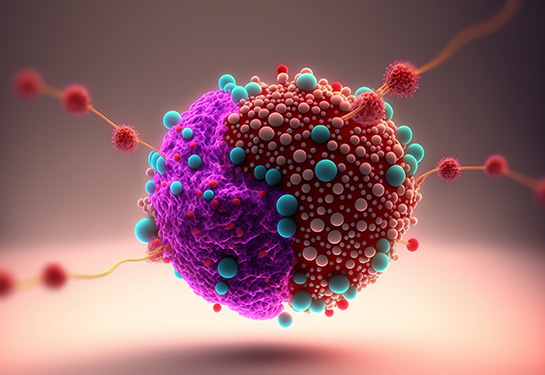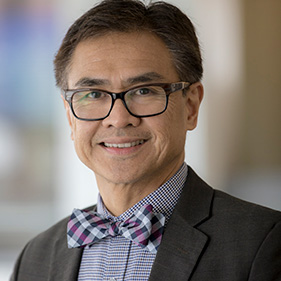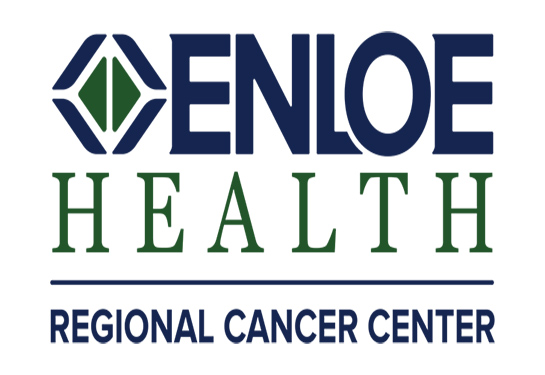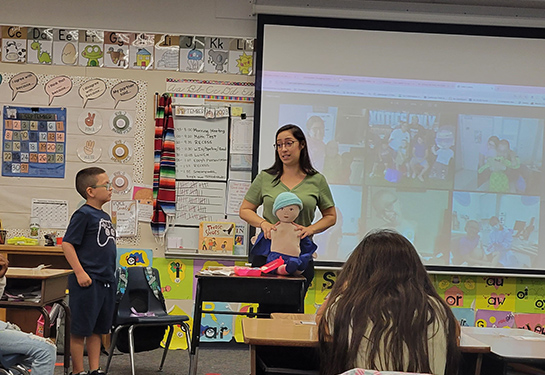Cancer center lands prestigious NCI grant to advance immunotherapy in head and neck cancer
Cancer center announcement comes during April’s Head and Neck Cancer Awareness Month
April is Head and Neck Cancer Awareness Month and a promising new research initiative at UC Davis Comprehensive Cancer Center could lead to a new and far more effective standard of care for this group of cancers.
The research is being funded by the cancer center’s first ever Specialized Programs of Research Excellence (SPORE) grant from the National Cancer Institute (NCI). The prestigious five-year $9.8 million federal grant is intended to translate cancer research into clinical intervention.
“We are so proud to take the lead in developing what we hope will be a clinical trial that will revolutionize treatment for head and neck cancer,” said UC Davis Comprehensive Cancer Center Director Primo “Lucky” Lara, Jr. “Along with harnessing a breakthrough therapy to treat these difficult and debilitating cancers, we are also advancing interdisciplinary team science and innovative new technologies.”
Along with harnessing a breakthrough therapy to treat these difficult and debilitating cancers, we are also advancing interdisciplinary team science and innovative new technologies.”—Primo “Lucky” Lara, Jr., director, UC Davis Comprehensive Cancer Center
The grant comes with the recent appointment of the cancer center’s new chief science officer Xiao-Jing Wang, who came to UC Davis in 2022. Wang is building a team to investigate the potential application of immunotherapy to treat head and neck cancers. Immunotherapy uses a body’s own immune system to fight cancer.
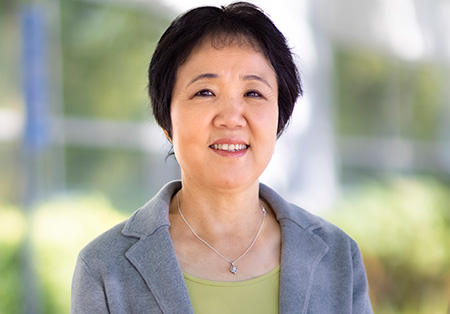
Along with her chief science officer role, Wang is associate director of basic science at the cancer center and a professor in the Department of Pathology and Laboratory Medicine.
She began her project under the SPORE program at the University of Colorado Anschutz Medical Campus with her co-principal investigator, Antonio Jimeno.
The researchers are using mouse models to study how cancer cells evade the body’s immune system. The team wants to learn more about biomarkers through which immunotherapy can more effectively target head and neck cancer. The work will lead directly to a clinical trial to be initiated in the next year. It will test the efficacy of an immunotherapy drug in combination with radiation to treat patients with recurrent head and neck cancers.
“Each SPORE project requires a patient endpoint demonstrating impact to patients, in either prevention or treatment of disease, through at least one new investigator-initiated therapeutic trial,” said Wang, who holds the Robert E. Stowell Endowed Chair in Experimental Pathology at UC Davis.
“Our trial will involve UC Davis and the University of Colorado jointly recruiting participants for therapeutic intervention,” Wang said.
High incidence of head and neck cancer in Sacramento region
The trial holds particular importance for the Sacramento region where incidence of tobacco-related head and neck cancer is more prevalent than in many other areas of the nation.
Head and neck cancer
Head and neck cancers are those found in the mouth, lips, throat, tongue, tonsils, nasal cavity, throat, larynx (voice box) or salivary glands. They are often difficult to treat because the cancer is typically not detected until it has progressed to an advanced stage. The cancer often begins in the squamous cells that line the mucosal surfaces of the head and neck, which means it can easily spread to lymph nodes and lungs.
Treatment can change the way a patient looks, talks, eats or breathes, which is why quality of life is greatly impacted by head and neck cancers. Treatment options, such as surgery and radiation, must be carefully considered to preserve quality of life. Chemotherapy is used only for tumors that have metastasized and is often not effective.
Symptoms may include a lump in the neck or a sore in the mouth or the throat that doesn’t seem to heal and may be painful. A persistent sore throat, difficulty in swallowing and changes in the voice, such as hoarseness, are other signs.
Major risk factors:
• Alcohol consumption
• Tobacco use (smoking and chew)
• Betel nut chewing (popular in Southeast Asia)
• Human papillomavirus
• Asian ancestry
“Consumption of smoking and chewing tobacco is high among farmworker populations in California’s Central Valley. Members of rural underserved populations who develop head and neck cancers typically delay seeing a doctor until their disease is in advanced stages. Those populations tend to have recurrent therapeutic resistance, the worst prognosis,” explained Wang, who works with clinical oncologists to design clinical trials.
Wang obtained her bachelor’s, M.D. and Ph.D. degrees at Beijing Medical University. After postdoctoral training at the University of Texas M.D. Anderson Cancer Center in Houston, she joined the faculty of Baylor College of Medicine, also in Houston.
“At Baylor I was fortunate to have a great mentor who guided me in gaining the expertise to develop genetically engineered mouse models for studying skin cancer. But after the head and neck department at Oregon Health and Science University in Portland recruited me as a full professor in 2003, I realized that very few scientists or physician-scientists were involved in head and neck cancer research at the time, and no genetically engineered animal model existed for head and neck cancer.”
That prompted her to seek and earn a grant in 2005 from the National Institutes of Health to create genetically engineered mouse models that could mimic head and neck cancer, enabling comparisons between mice and human cancer patients.
“That was my first grant, almost 20 years ago, and that started my head and neck cancer research career,” Wang said.
The SPORE grant will serve as an “incubator,” in Wang’s view, to spur building successful teams of investigators, which harmonizes with her philosophical spirit.
“My two biggest passions are team science and mentoring, particularly for physician-scientists,” Wang said.
Reactivating the immune system
Wang’s research project is important because radiation therapy — the current standard of care for head and neck cancer — not only kills tumors but also causes immune system suppression, thereby diminishing the body’s ability to fight cancer naturally.
“Immunotherapy recognizes cancer cells as foreign and then utilizes your immune system to wipe them out. But that doesn’t work for someone whose immune system isn’t functioning optimally,” Wang explained.
The major emphasis of her research is on how to make the immune system emerge from that immunosuppressive exhaustion stage and become reactivated, in combination with radiation. While she remains in the process of assembling her full team, research leading to the clinical trial is underway.
“We are determining which drug would hit the target and would be most likely to succeed,” she said. “The first direct impact of this project will be opening a new clinical trial. And the second, if that works, will be to deliver a new therapeutic intervention at UC Davis Comprehensive Cancer Center.”
UC Davis Comprehensive Cancer Center
UC Davis Comprehensive Cancer Center is the only National Cancer Institute-designated center serving the Central Valley and inland Northern California, a region of more than 6 million people. Its specialists provide compassionate, comprehensive care for more than 100,000 adults and children every year and access to more than 200 active clinical trials at any given time. Its innovative research program engages more than 240 scientists at UC Davis who work collaboratively to advance discovery of new tools to diagnose and treat cancer. Patients have access to leading-edge care, including immunotherapy and other targeted treatments. Its Office of Community Outreach and Engagement addresses disparities in cancer outcomes across diverse populations, and the cancer center provides comprehensive education and workforce development programs for the next generation of clinicians and scientists. For more information, visit cancer.ucdavis.edu.

